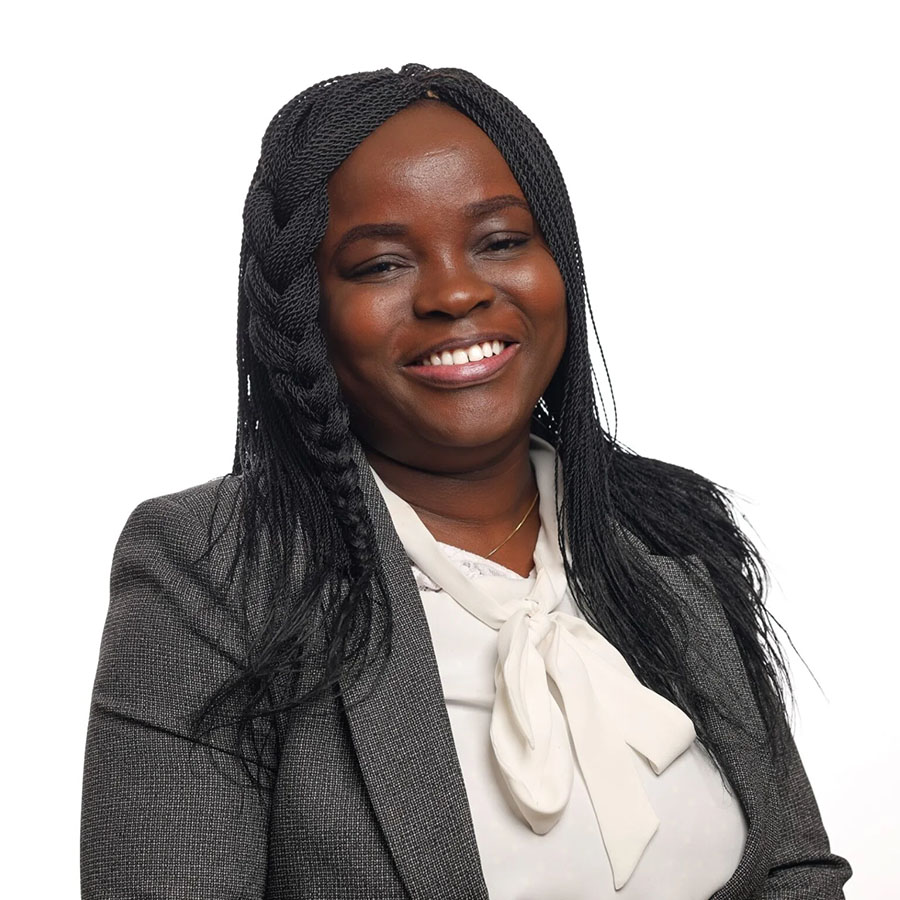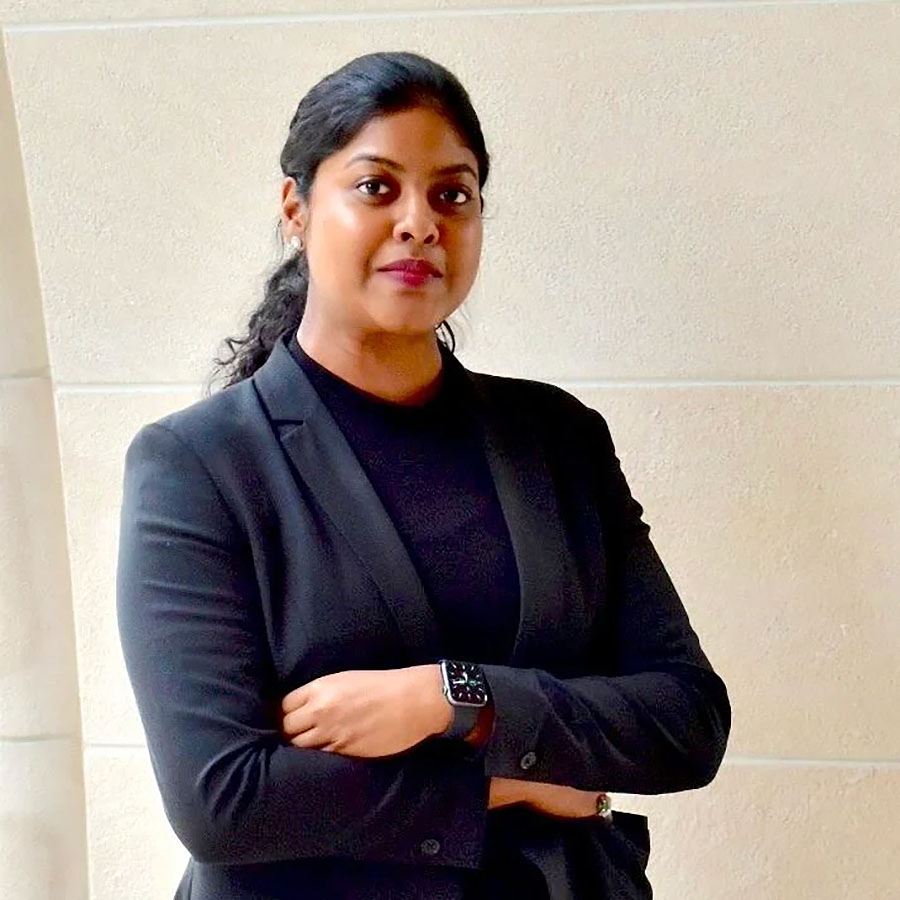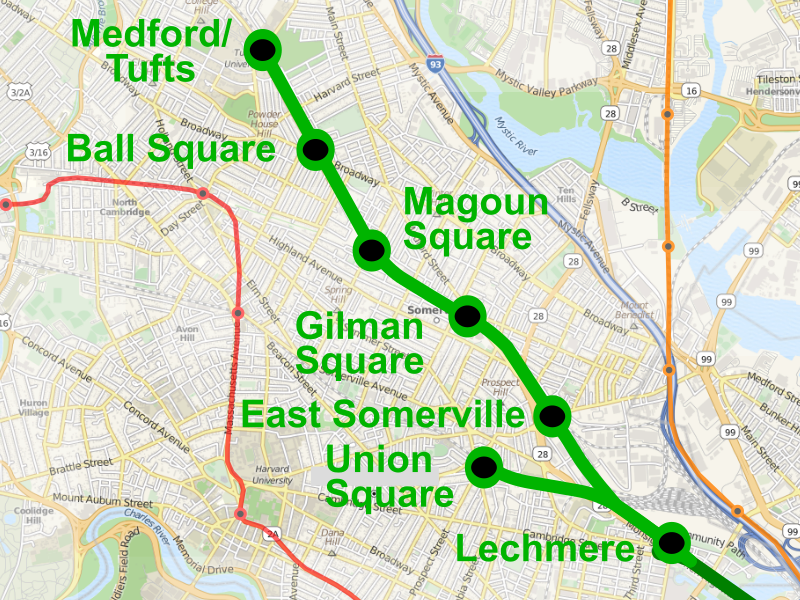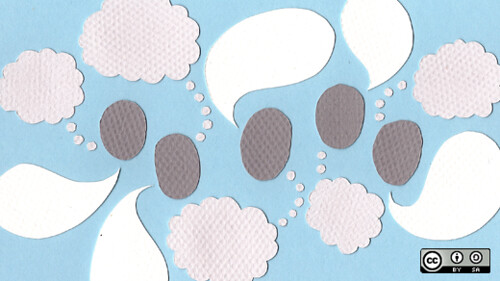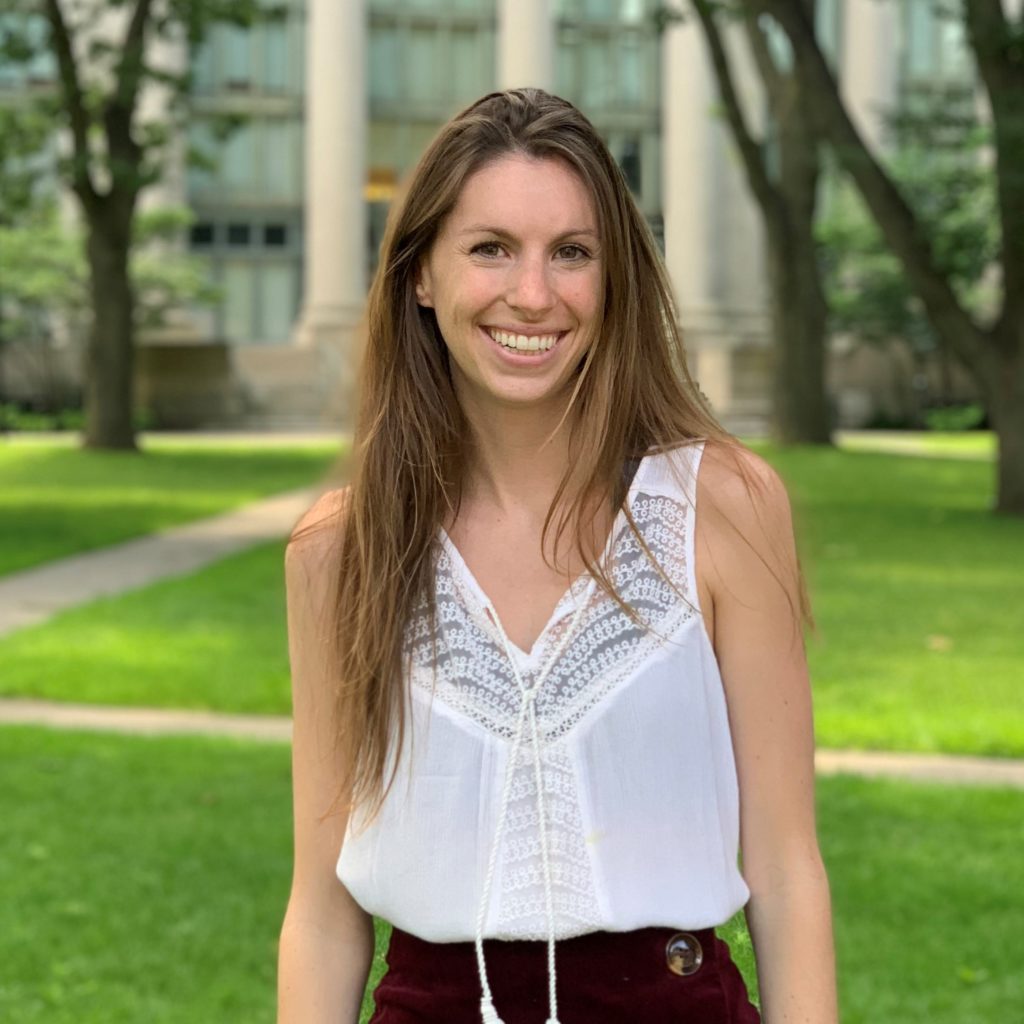When I first read the phrase, “social distancing”—in an email sent by one of our law school deans—my first reaction was a visceral sort of aversion. It seemed a particularly callous phrase, tinged with both sadness and a cold, clinical sensibleness. I have since learned that social distancing was not, in fact, a term made up by a dean at Harvard Law School, but is actually a well-known protocol for slowing contagion, with which I and my colleagues and millions upon millions of people around the world are now personally familiar.
Like many terms of art, “social distancing” is rapidly evolving into a phrase that now rolls off the tongue, without much thought or analysis of what its constituent words actually mean. But the dual sense of sadness and necessity remains. In fact, it’s something beyond sadness—it’s loss. And as I wonder what impact social distancing might have on society and its daily machine of operations generally, I find myself also wondering what the new ethos of social distancing will do to the project of engaging meaningfully with others, particularly around important and challenging issues.
Connecting across differences was already a somewhat Sisyphean endeavor. The forces of politics, media, and individualism more broadly have been acting as a sort of societal dark energy, pushing people apart in many ways even as our lives become, in reality, increasingly intertwined and interdependent with those of others. It is true that there are many ways in which people and organizations all over the country are actually building connections, rather than accepting the dominant narrative of polarization. And part of the reason these stories are so hopeful is that they run counter to what we feel (fear?) is the inevitable and seemingly insurmountable chasms between different people’s views on challenging issues. In-person interaction—both serendipitous and engineered—surely plays a role in the connections that are made when people of different backgrounds, opinions, and perspectives learn from one another.
But what is more interesting, and troubling, to me is the question of how our internal voices may or may not change in a more lasting way as a result of this time in our history. Assuming that the day will come when the restrictions on gathering are lifted, it seems likely that—physically speaking—the macro patterns in our behavior and movement will resume relatively unchanged. We will travel. Many people will commute to an office or another kind of job. I would love to say that attitudes towards flexible work schedules (particularly for new moms and other caregivers) will evolve, but chances are that those will bounce back to what they were, as well. But what about our micro-interactions? Will we always be afraid of touching each other? Will the voice in our heads ever stop insisting, “not too close!”? Will we always feel like we have black paint on our fingertips, making us hyper-aware of where we lay our hands? I am reminded of what it felt like for many in the months and years after 9/11 to see a plane flying low. And what about the more amorphous, black-cloud-like dread that underlies these kinds of skin-deep fears? Will we see others as a hazard to ourselves? Or ourselves as a hazard to our families? What will happen to the concept of closeness after we collectively spend weeks (months? Who knows?) appending the word “virtual” to all of our interactions? And believing—because with regard to the virus, it is true—that we’re safer that way?
I find myself worried not so much that people won’t congregate but rather that the distrust, fear, and wariness will outlast the worst of the pandemic, and give all of us yet another reason not to take chances when it comes to going outside our comfort zones. This doesn’t mean that we’ll stop talking with each other, and maybe we’ll even continue to connect with those who disagree with us. My worry is that this period of social distancing will change the way we think about (all) other people: as a risk or threat to ourselves, quite literally. And the instincts to self-isolate and self-protect seem on the opposite side of the color wheel from other modes—open-mindedness, a non-judgmental attitude, assuming the best—that can make the difference between operating within an echo chamber that reinforces one’s own beliefs, and growing as a result of getting to know someone who has a new and different perspective.
Of course, there is another way this could go. Indeed, organizations like Living Room Conversations already hold virtual meetups that have been successful at forging connections across time and space in a meaningful way. Perhaps this is the push we all need to take seriously the idea of setting up online dialogues. And it’s not only the “despite” solutions that are possible (i.e. building relationships “despite” social distancing). One might hope that because of social distancing, we might emerge on the other side of the worst of the pandemic with a renewed appreciation for any sort of connection, particularly those that feel uniquely human and live and difficult to translate to a virtual platform. One might hope that this pandemic will have put into perspective the political disagreements that before may have seemed incongruous with the notion of a decent relationship. One might hope.
Since starting to work from home, I’ve embarked on another potentially-Sisyphean project: learning to bake bread. The other day, I had a bowl of dough rising on the counter and, to check if it was ready, I pushed my (clean!) fingertips into the soft mass. The dough deflated, and then, slowly and gradually, sprung back. It seems to me that in our larger societal moment, it’s the springback that’s ultimately at stake. If and when we can talk about this pandemic in the past tense, will our attitudes about connection, difference, disagreement, conflict, and what we can learn from “the other” bounce back to what they were before? Probably not. But with reflection and intention about the opportunities this moment holds, plus a little luck, maybe they can reach a better place.
![]()



